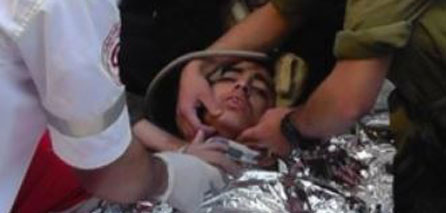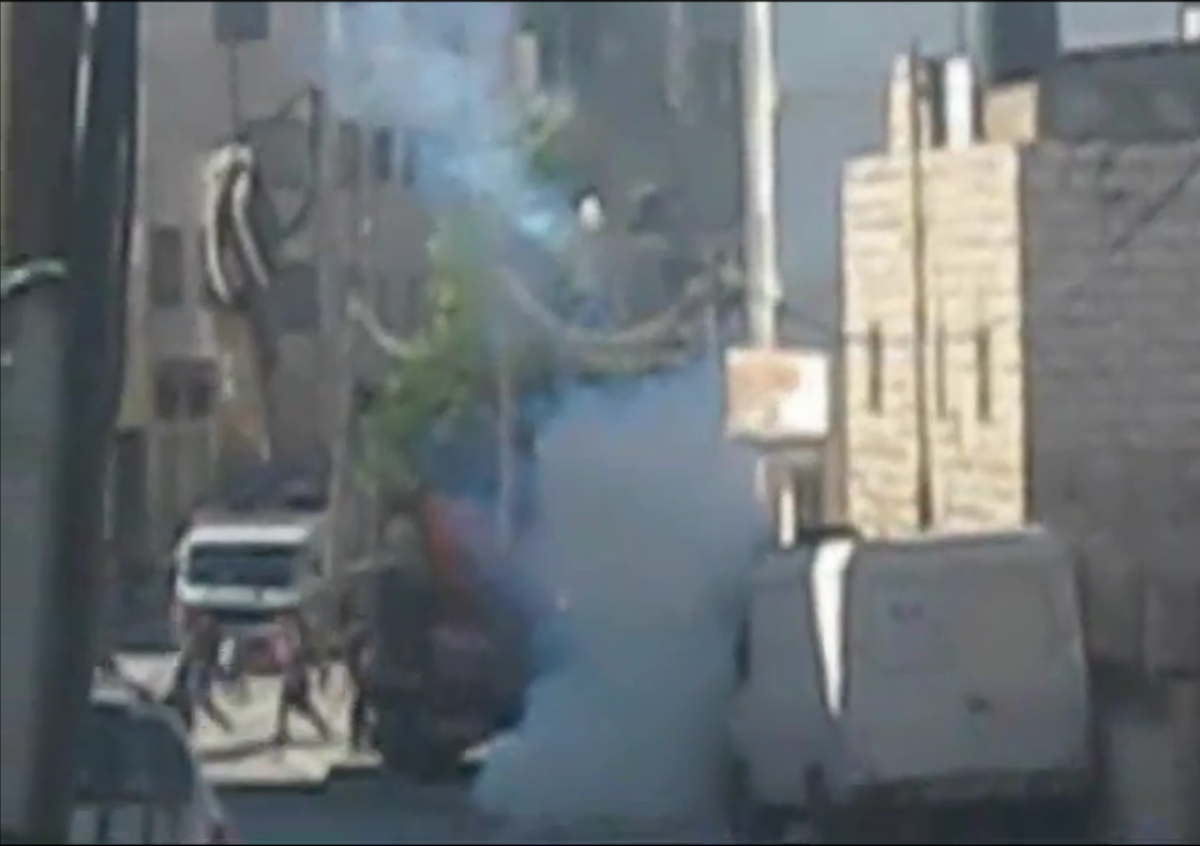Tag: Sound Bomb
-
Palestinian boy beaten at checkpoint leads to clashes in Hebron
24th October 2013 | International Solidarity Movement, Khalil Team | Hebron, Occupied Palestine On Tuesday 22nd October in Khalil, a15-year-old Palestinian was beaten for not having identification (ID) that the Israeli government does not issue until the age of 16. At approximately 2:30pm on Tuesday, Mahmod from Tel Rumeida (not his real name) was attempting…
-
VIDEO: Israeli soldiers fire tear gas canisters and stun grenades at school children
1st October 2013 | International Solidarity Movement, Khalil Team | Hebron, Occupied Palestine This morning, Tuesday 1st October, Israeli soldiers fired two tear gas canisters and four stun grenades at children on their way to school. In this case, a few children threw stones and pebbles at Israeli forces as the soldiers stood watching them…
-
Photographer injured during weekly Bil’in demonstration
7th September 2013 | Friends of Freedom and Justice | Bil’in, Occupied Palestine Yesterday, Friday 6th September, the weekly demonstration at Bil’in continued in solidarity towards prisoners in Israel and in protest of the recent settler attack at Al-Aqsa mosque. During the demonstration a photographer, Mohammed Basman Yassin (21) was shot in the leg by a…


